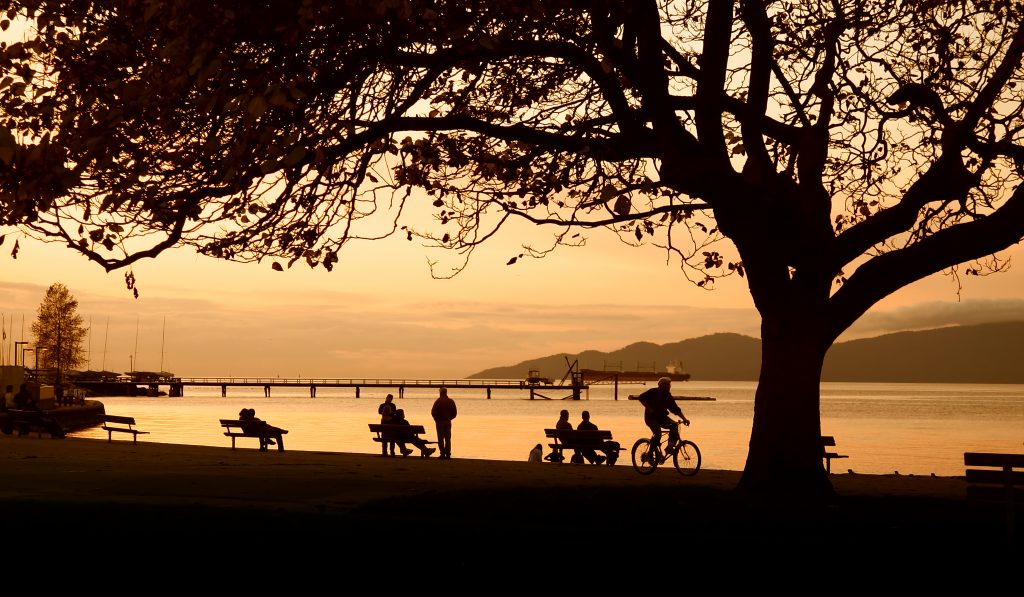Everything You Need to Know About Stanley Park
As a city, Vancouver has the best of everything. Any visitor in British Columbia and guest at the L’hermitage Vancouver will no doubt be wowed by the dazzling mix of parks, architecture and beautiful bays. With its truly modern feel and glittering landscape, there’s nothing as rich as the view over Downtown Vancouver.
With this in mind, the cities rainforest setting provides a broad variety of revitalizing walks. Whether it’s along the edges of the Burrard Inlet or a hike through the North Shore Mountains, there are plenty of beautiful spots that radiate the areas diverse natural beauty. However, you needn’t move too far from your hotel room to enjoy natural landscapes. With Stanley Park located right in the heart of the city, you’ll find that it encompasses much of the natural beauty – as well as the history – of Vancouver in a 1000 acre stretch of land.
Whether you’re visiting Vancouver for the day or the week, no trip would be complete without a stop off in this historic park. This compact guide will take you through everything a tourist should know about Stanley Park, from its geology and native plant life to its history and tourist attractions.
Envisioning Stanley Park
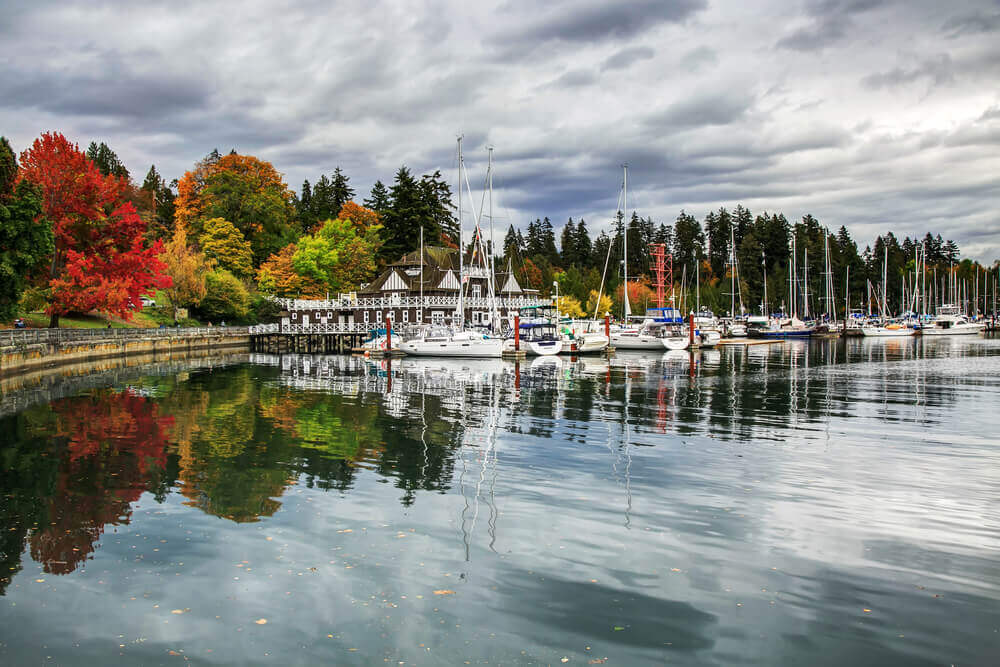
Stanley Park has a long history dating back to before settlers came to Canada. With this in mind, Stanley Park itself can be seen as a tether to this bygone age, especially when you take into account that the park itself is unlike most other North American urban green spaces in its design. Rather than being the subject of landscaping and curtailing to the needs of the cities population, Stanley Park has instead become a petri dish of nature in the heart of Vancouver, symbolising the cities love and care for nature, and has become an example of how the wild can be symbiotic with city life. With many of its manmade monuments built during the early 20th century, not much about the park’s natural habitat has changed and it still remains a unique island in the city, surrounded on all sides by the Burrard Inlet, English Bay and Vancouver Harbour.
History of Stanley Park
This development of forest in the heart of a thriving metropolis is exemplified through the history of the park. Over the years, Vancouver’s architects and urban planners have installed new features in the park without damaging the forestry, meaning that there are plenty of tourist attractions integrated around the woodland trails.
An ancient settlement
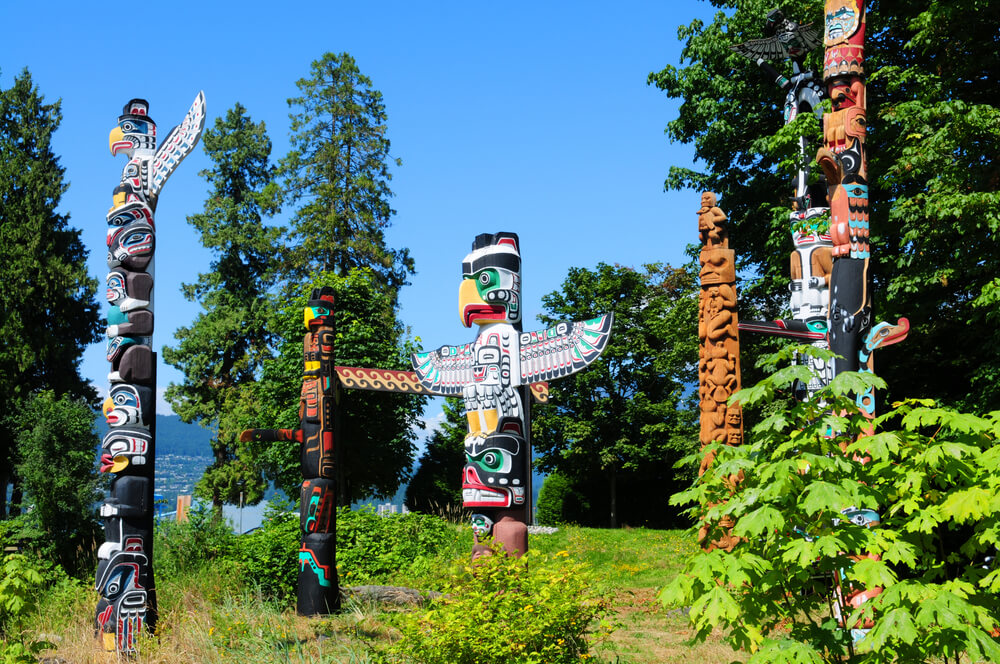
There was already plenty of activity in what would become Stanley Park before the build-up of Vancouver in the mid 19th century. With archaeological digs uncovering large villages that date back over 3000 years, the area of Stanley Park was once known as Whoi Whoi, where it was discovered that a longhouse was once built. Along the banks of Stanley Park, another settlement was discovered, known as Chaythoos and as recently as 2010, Squamish natives of the area proposed renaming the park after the village of Whoi Whoi, with the name Xwayxway, which has a similar sound when pronounced in the Native American tongue.
First uses by early settlers
Early Spanish settlers came to the park in the late 18th century, and made contact and traded with the locals, but it wasn’t until the mid 19th century that, during the Crimean War, the area was focused on as a strategic military position. This then led to more contact and cooperation with the natives in enforcing a defensive position on the land and leading to its gradual development by colonisers.
The development of Stanley Park
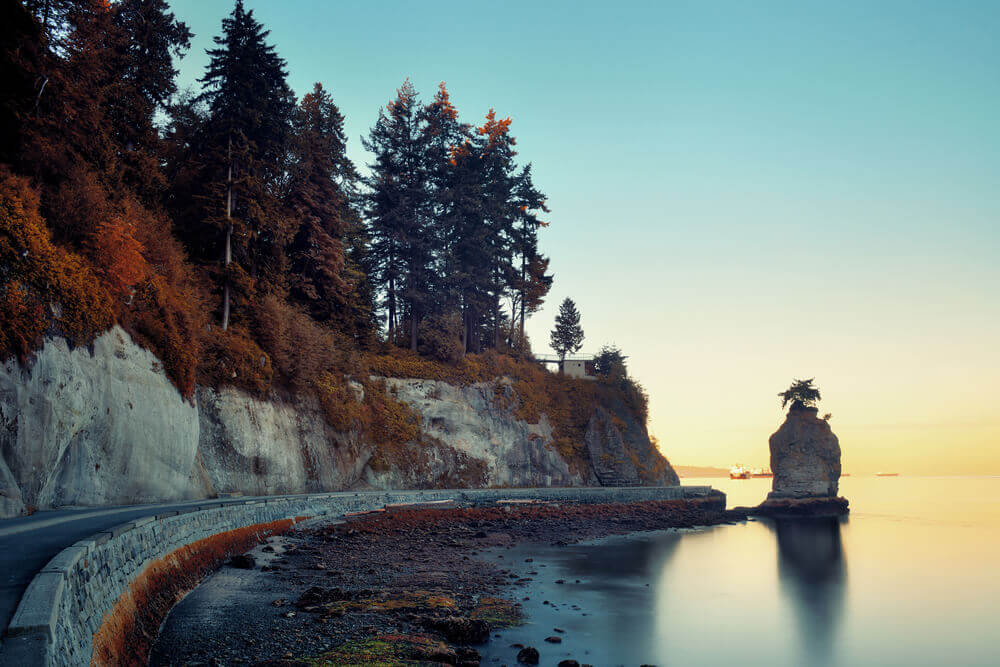
During the mid 19th century, a nearby Gold Rush led to even more settlers in the area that would become Vancouver. This meant that the beaches of Stanley Beach were cultivated for clay and chalk, whilst a cemetery and reservoir were built on the land. Eventually, this led to the opening of Stanley Park in 1888 and a renewing of the lease in 1908 for another hundred years.
Stanley Park in the 20th century
Over the first three decades of the 20th century, the park saw many changes. With the building of the Lost Causeway and Lagoon leading to freshwater lakes and the eviction of prior residents, the area became a local hub for recreational activity, especially with the addition of a swimming pool, farm and the Seawall all around the park. The Lost Lagoon had rowboats for hire, and until the 70s’, when the lake became a bird-watching sanctuary, it was highly popular with locals.
Present-day Stanley Park
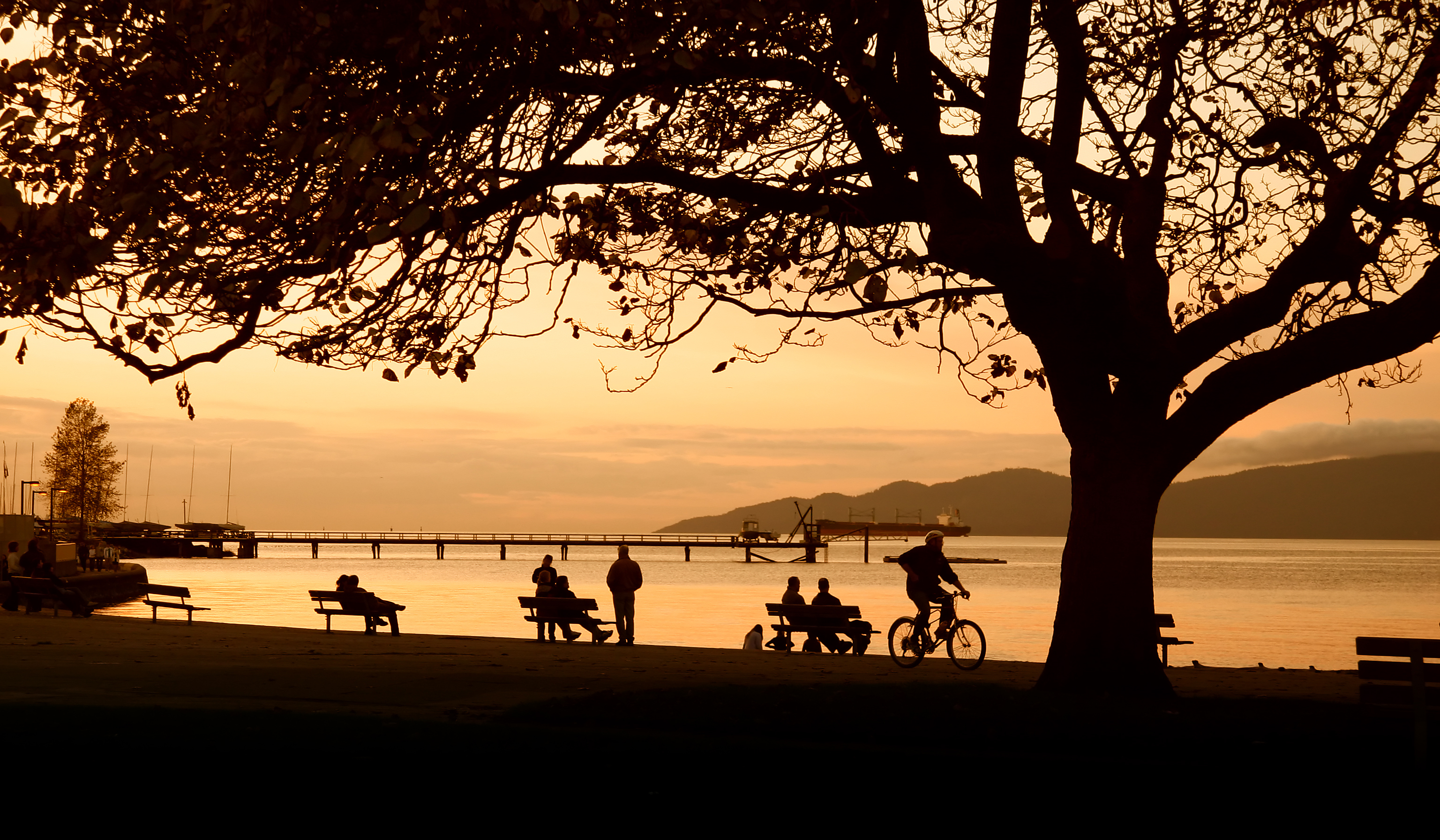
Nowadays, Stanley Park still holds an aquarium and many walking trails, making for the perfect day trip for guests at 2 bedroom hotels in Vancouver. The Seawall is used by both walkers and cyclists, with lanes designated for each. On top of this, guests in the area will find many manmade attractions alongside the many ancient Douglas firs, red cedar trees and Sitka spruce trees. Animals native to the area include at least 200 species of bird and many raccoons, coyotes, skunks and beavers.
Things to do in Stanley Park
With the long history laid out above, it’s no surprise to find that Stanley Park is still so popular today. Below is an outline of the attractions that make Stanley Park such a popular destination for tourists in Vancouver. With tourist attractions, nature trails and even restaurants to rival L’hermitage’s L’orangerie restaurant, there’s plenty to keep you busy for more than just a day trip.
Walk, Bike, and Rollerblade on the Stanley Park Seawall
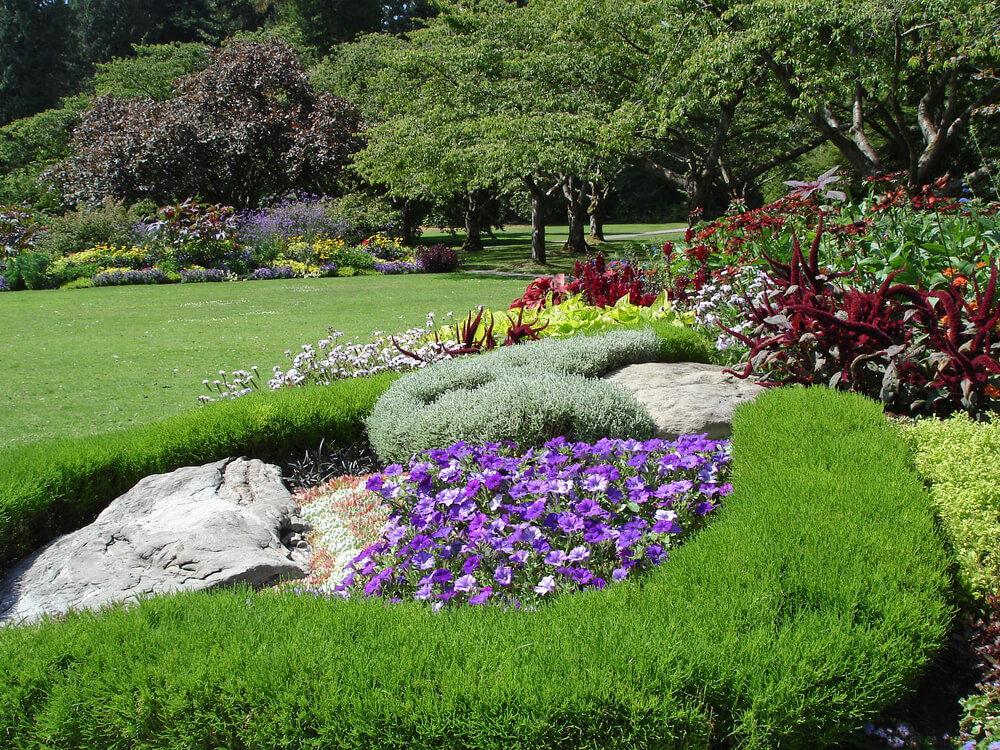
The Seawall of Vancouver spans 22 kilometres around Stanley Park and was constructed in the 30s’. Having developed over time from just 8 kilometres, it now not only spans the circumference of Stanley Park but across the False Creek and the Spanish Banks as well. The Seawall is the longest uninterrupted stretch of coastland road of its kind and is a huge draw for tourists who enjoy cycling, skating and walking along scenic stretches.
Smell the Flowers in the Stanley Park Gardens
The Stanley Park Gardens actually dates back to its creation in the 19th century and were only rediscovered after the windstorm of 2006. These original gardens were once one of the most popular aspects of the park, and have now been redeveloped into three specific flower garden sites. These are the Stanley Park Rose Garden just off of Pipeline Road, which holds over 3500 plants within its flowerbeds and conservatories. The second is the Ted and Mary Greig rhododendron garden, which holds over 4500 variations of the colourful flower, and the third is the carpet bedding styled flower beds at Prospect Point. These are designed to convey patterns or words at key monuments around the park.
Hike Along the Park’s Many Walking Trails
Named after the many old logging routes throughout the park, there are over 27 kilometres worth of hiking and walking trails in Stanley Park. Taking walkers through and past the lagoons, forests and beautiful natural habitats of Stanley Park, the trails are guarded and secured by local police authorities, who also offer guided tours of the nearby police stables and provide youth outreach programmes.
Stanley Park Totem Poles
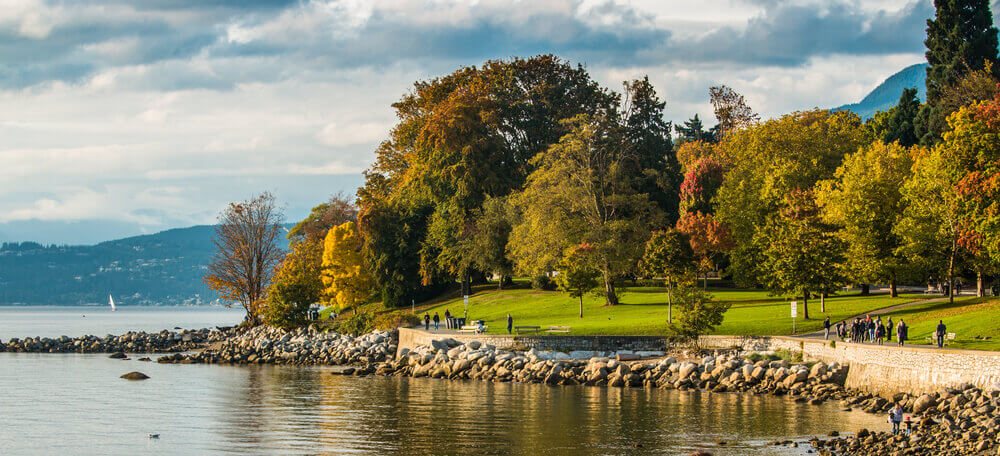
Based at Brockton Park, the collection of totem poles in the area are in remembrance of the parks original heritage. With 9 different poles along the Brockton Point walkway, some of these beautiful pieces of decorative art were made as far back as the 1880s’, though installed in the 1920s’ and 30s’.
Dive into the Exhibits at the Vancouver Aquarium
Opened in 1956, the Vancouver Aquarium in Stanley Park is one of the most revolutionary of its kind, having incorporated the work of professional naturalists into its exhibits from its very inception. With 58,000 animals within its galleries, the aquarium explores everything from the local sea life of Vancouver to that of the Amazon rainforest and the tropics.
Ride the Stanley Park Miniature Train
The miniature Stanley Park railway was originally built in 1947 and is one of the more kitsch attractions in the park. With seasonal themes decorating the trains each year, the trains were originally child-sized, but have now been rebuilt to be big enough for adults and span 2 kilometres. A ride each way runs at just 15 minutes, making for a fun and family-friendly way to see the park.
Make a Splash at the Outdoor Pool and Beaches
Alongside the views from the Seawall, guests in Vancouver can enjoy several stretches of beach that are swimmable and provide scenic views of the North Shore Mountains. These include Second and Third Beach, two historic areas that at varying times have been used as military outposts and for clay and silt collecting. These beaches are still swimmable, alongside some of the smaller beaches throughout Stanley Park.
There’s also an outdoor swimming pool in Stanley Park. Located at Second Beach, this pool was built in 1932 and is open from 11.30 am till 8.30 pm and provides a heated pool and stunning views of the English Bay
Enjoy Summer Theater Under the Stars
During the summer months, the Malkin Bowl opens up for open-air theatre performances. Over three months, Live Nation and Theatre Under the Stars perform family-friendly gigs and theatre performances.
Stanley Park Pavilion
For Stanley Park-based events and parties, the Stanley Park Pavilion is based near the rock gardens near Pipeline Road. This beautiful venue also holds a bar and event rooms with scenic views over the Burrard Inlet. With a history dating back to 1911, Stanley Park Pavilion was originally a concession stand and saw thousands of locals gather for social gatherings and events. Now kitted out with a grill and bar, the oldest building in Stanley Park still provides a tranquil respite for any visitors to the park.
FAQ
How long does it take to walk around Stanley Park?
Walking around the circumference of Stanley Park takes about two hours on the Seawall route, whilst cycling or rollerblading around it takes about an hour. That being said, the attractions in Stanley Park and its dense areas of the forest might take up a lot more of your time.
Is Stanley park bigger than Central Park?
Stanley Park is not the largest urban park in the world but is in fact about a fifth bigger than New York city’s Central Park.
Where are the totem poles in Stanley Park?
The Totem Poles are located at the tip of Stanley Park and on the road running up to the Stanley Park lighthouse. From here, you can see much of Vancouver Bay and the Nine’O Clock Gun artillery memorial.
What do totem poles stand for?
Totem Poles in general, stand for Native American families and ancestries that were important before European settlers colonised North America. The nine totem poles of Stanley Park commemorate the Squamish Tribe who once lived in the area.
Where are the totem poles in BC?
There are many Totem Poles in British Columbia. These can be found in such locations as the scenic Charlotte Islands, Old Massett on Graham Island as well as collections of poles in abandoned villages on many other islands on British Columbia’s coast.
Is Stanley Park free?
Yes, but some of the attractions, such as the swimming pool, aquarium and miniature train have paid entry.
Is Stanley Park worth visiting?
With all its attractions and millennia-old history, there’s plenty to see in Stanley Park, whatever your age.
How do you get around Stanley Park without a car?
For those who have driven to Vancouver and staying at local accommodation, the L’hermitage Vancouver parking provides free parking to guests at the hotel.
How do I spend a day at Stanley Park?
By enjoying the many sites and attractions in the park.
Can you get around Vancouver Island without a car?
Yes, there are trains, trams, buses and cycling routes all across the city.
Do you need a car to get around Vancouver BC?
Not if you take advantage of its extensive public transport system. Many trains, buses and cycling routes are available throughout the city so travelling by car is never your only option.

